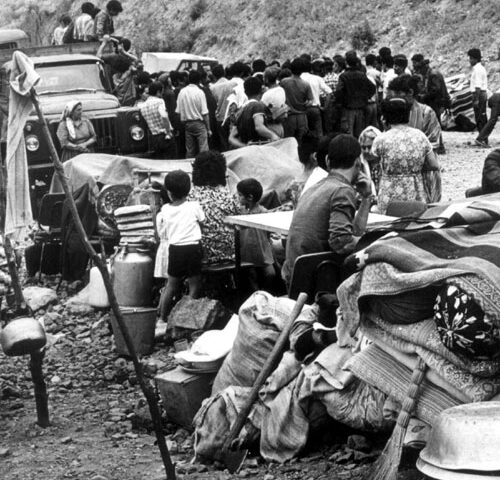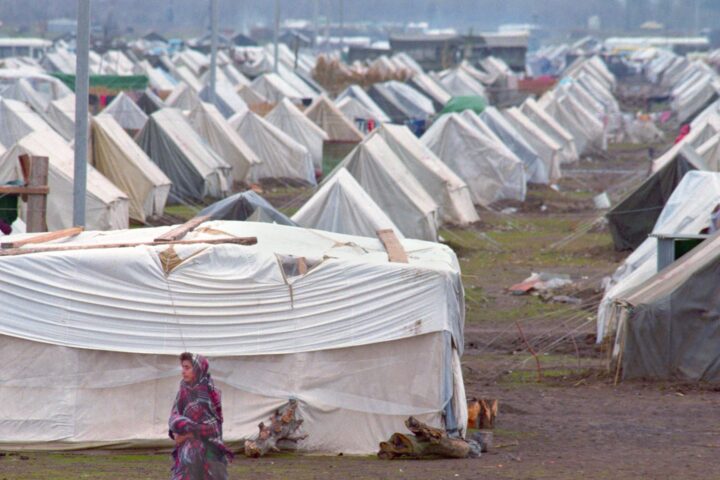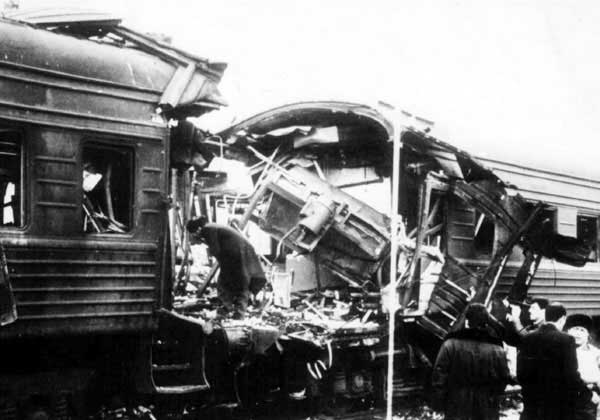Consequences of Armenian Military aggression and Armenian extremism supported by Republic of Armenia against Azerbaijan Republic.
View this post on InstagramA post shared by REZA (@rezaphotography) on
View this post on InstagramA post shared by REZA (@rezaphotography) on
View this post on InstagramA post shared by REZA (@rezaphotography) on
View this post on InstagramA post shared by REZA (@rezaphotography) on






